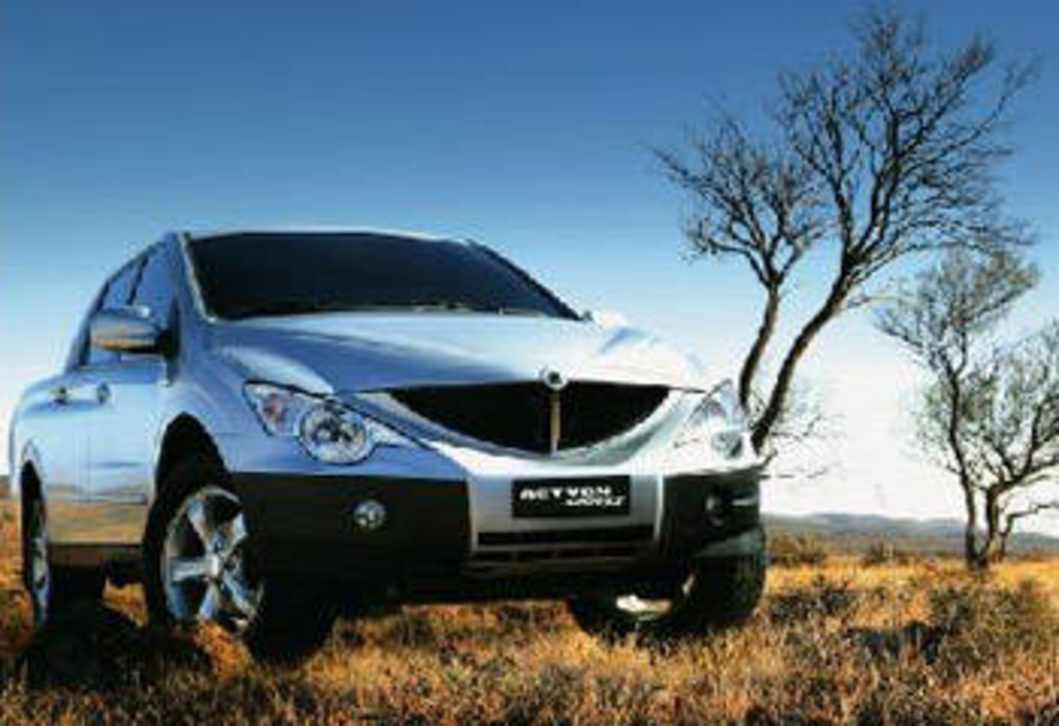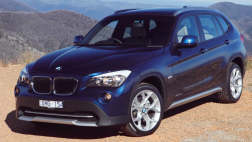Soaring fuel prices will change the driving habits of a nation with motorists driving 20 per cent less over the next 12 months, according to SsangYong boss Russell Burling.
“It's only a matter of time before a pint of beer is cheaper than a pint of fuel,” Mr Burling says. “I reckon that in the next 12 months people will drive 20 per cent less to save on fuel costs.
“If fuel keeps going up, and it will, people will look for ways to drive less, whether that is car pooling, catching the train or dropping one car."
“It is going to be a massive change in lifestyle. Fuel relates to food, to transport, to goods . . . to everything we do and need. It's going to be a huge change and I don't think people realise that yet.”
Mr Burling says the prospect of a fuel price spiral played a large part in SsangYong's of vehicles.
“We reacted by going 100 per cent diesel,” Mr Burling says. “Diesel-fuelled cars are our most efficient and we believe diesel is the answer. I would think there is going to be a definite change in direction of what people drive . . . you can see that already in registrations. Small cars are booming and large cars are falling away.”
While SsangYong is still a niche player in Australia - selling 200 cars last month and aiming for a 3000 total this year - Mr Burling is confident the diesel strategy will carry the company into the future.
A drive of the current range illustrates that while SsangYong is not likely to challenge the established segment stars any time soon; there has been improvement.
The Kyron medium SUV is a well equipped unit but the two-litre version, at least, suffers from a lack of performance. The optional five-speed automatic pales beside the DSI six-speed and the car will only be better once the new gearbox flows through.
With select-on-the-fly all-wheel drive, the Kyron has a real off-road capability and is a less nervous drive on the road if left in 4WD high range.
Standard fare on the car includes ESP, ABS, 18 inch alloys and front and side airbags.
Sitting atop the SsangYong range is the giant Stavic people mover with seven and nine-seat capacity. In its home environment there is also an 11-seat option but it has wisely been ignored for Australia.
If cars were rated on space for your dollar the Stavic would be at the top of the table. The car is huge - and it drives like it. The 2.7-litre diesel produces a handy 121kW of power and 340Nm of torque but the chassis and suspension can not disguise the bulk of the car.
The model roll-out for SsangYong will continue over the next couple of years with a small SUV front-wheel drive with six-speed auto due early next year, a replacement for the Rexton large SUV in early 2010 and a full range of passenger cars still under consideration.
“The final decision to take them has not been made yet,” Mr Burling says. “I have seen the cars and in the next six to 12 months we will make the final decision on price positioning and whether we should take them. The other thing is whether they are available. Our cars will be made in Korea but we will only get them after they have satisfied the home markets.”
Mr Burling says that while some of the passenger cars were already on the design boards at Rover when the British company was acquired by SsanYong's owners, Shanghai Automotive Industries, they are all on new platforms.
“The cars will have an east-west engine with a six-speed automatic gearbox,” he says. “We are not interested in entering a segment (light and small) where you can't be profitable. It is already overcrowded."
“We certainly like being in the ute segment and the SUV segment and the people mover segment. Yes, we want to get into the car segments but it is going to be two-litre and up for us.”
Small torque
The star of the SsangYong range is undoubtedly the Dual Sports Cab Utility, above, which benefits immeasurably from the addition of the six-speed automatic gearbox from Albury manufacturers DSI.
The extra cog - and the quality of the shifts - does sterling work in reducing the coarseness of the basic car, easing the strain on the two-litre diesel as it is much easier to keep the engine in the fat of the 310Nm torque band without hunting.
“We will be launching a Tradie version in the next couple of weeks at $24,990 and that will have drum brakes on the rear but that is purely market demand,” SsangYong boss Russell Burling says. “People are looking for a lower price so we are getting in to launch what we will call the Tradie - it's a 4x2, white only, manual only, steel wheels and a diesel. A 4x4 version will also be available at $27,990.”








.jpg)
.jpg)
.jpg)

.jpg)
.jpg)
.jpg)

.jpg)



.jpg)
.jpg)

.jpg)
.jpg)




Comments